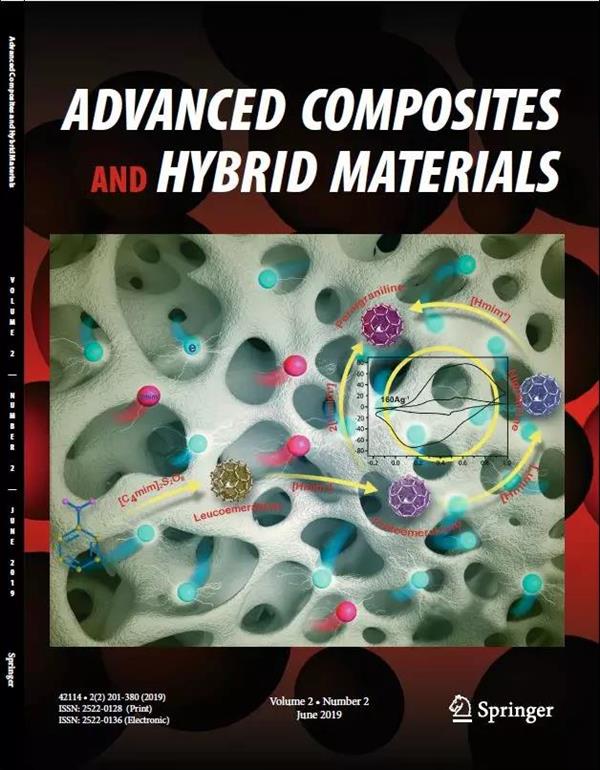The crushing behavior and energy absorption characteristics of all-composite star-triangular honeycomb structure
Abstract
The energy absorption characteristics and toughness of carbon fiber-reinforced plastics (CFRP) are improved from two aspects of structure and material. In terms of structure, an all-composite star-triangle honeycomb structure (CSTH) with negative Poisson’s ratio characteristic was designed and fabricated firstly. From the aspect of material, the polyetherimide (PEI) film was added into the layers of CFRP to enhance the toughness. A quasi-static compression experiment of CSTH was carried out. Besides, environmental scanning electron microscopy (ESEM) and ultra depth of field microscope (UDFM) were used to analyze the microstructure of CSTH. The failure mode and damage mechanism of CSTH were compared and revealed novelly from macroscopic and microscopic aspects. The delamination resistance of carboxylic multiwalled carbon nanotube (MWCNT) which was added between PEI film and carbon fiber layers was investigated. The theoretical prediction model of the equivalent elastic modulus and the ultimate compressive strength of CSTH was established. The theoretical results were verified and modified by the experimental results. The maximum error of theoretical results was less than 15% compared with that of experimental results. Results showed that CSTH had a better energy absorption characteristic compared with the re-entrant honeycomb structure and X honeycomb structure. In addition, the foam and PEI film could enhance the toughness of CSTH.

 求助内容:
求助内容: 应助结果提醒方式:
应助结果提醒方式:


